ASTANA – Central Asia is facing significant challenges due to climate change, including melting glaciers, precipitation variability, water scarcity, energy safety issues, and climate-related migration. This will have a drastic impact on the socio-economic situation in the region unless proactive actions are taken, according to a Kazinform report.
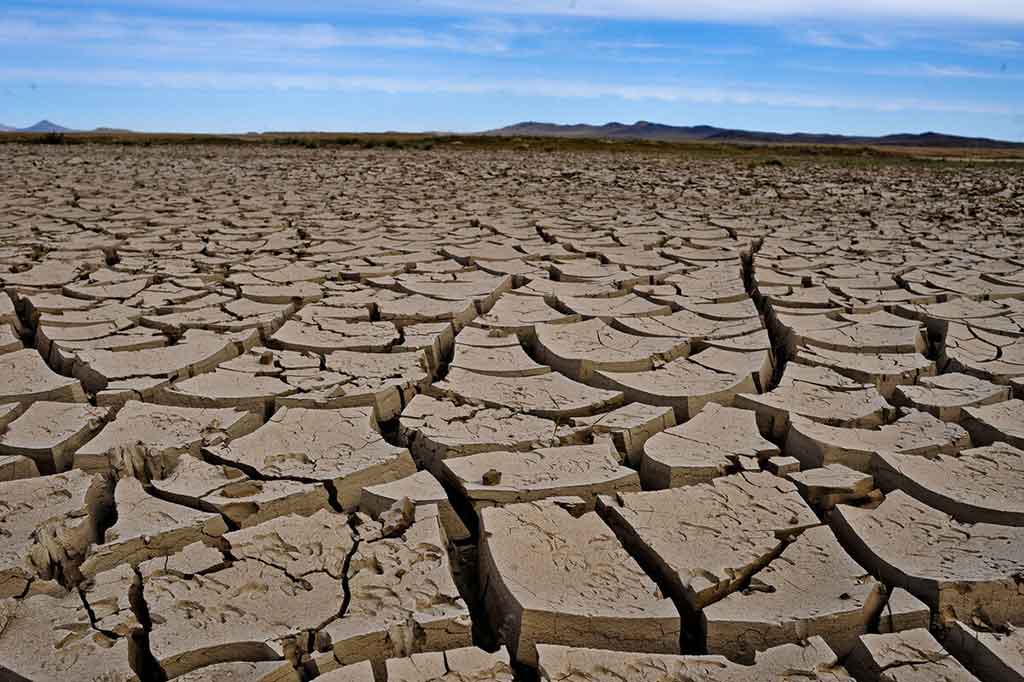
Photo credit Eric Sales/ADB.
Melting glaciers and precipitation variability
The World Bank reported that warming will exceed the global averages in Central Asia, and annual average temperatures could rise by 5-6 degrees Celsius by 2100.
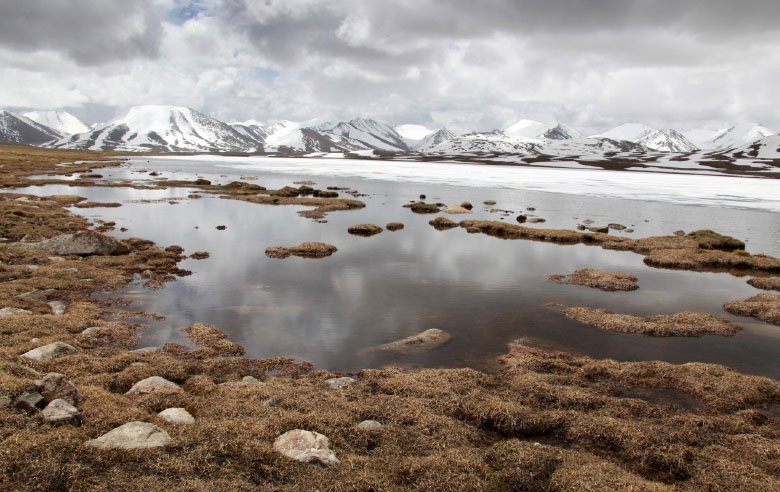
Melting glaciers near the Kumtor gold mine. Photo credit: Erkin Bolzhurov.
According to the Central Asian Bureau for Analytical Reporting (CABAR), one of the most significant consequences of global warming in Central Asia is the melting of glaciers and the reduction of snow cover in the Tien Shan and Pamir-Alai. The glaciers’ volume has already decreased due to rising temperatures and variability in precipitation. According to scientists, the current rate of mass loss from glaciers is 0.2-1% per year. Many small glaciers have already disappeared.
Experts also predict variability in precipitation and snow cover formation. The geography of the precipitation, as well as its intensity, will change with the southwest of Central Asia becoming drier and the northeast becoming humid. Heavy rainfall days may replace the long dry periods.
The three factors combined (rising temperatures, melting glaciers, and precipitation variability) will affect the flow of rivers, including Amu Darya and Syr Darya.
Water security
The Asian Development Bank predicts a 10-15% drop in water volumes in the Syr Darya and Amu Darya basins by 2050. The rivers are crucial sources of water in Central Asia.
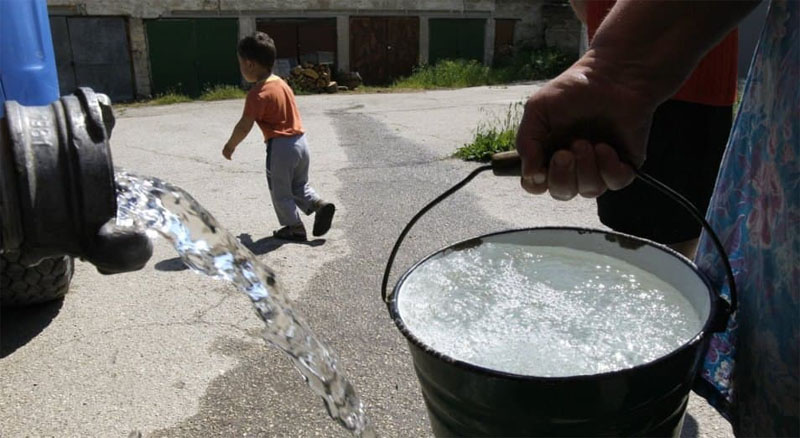
Photo credit e-cis.info.
The bank’s forecast is even more concerning for the period of 2050-2100. The water volume in the Syr Darya basin could decrease by up to 30% by that time, and by as much as 40% in the Amu Darya.
This affects countries’ water deficit. Uzbekistan’s current water deficit may increase to 7 billion cubic meters by 2030 and up to 15 billion cubic meters by 2050 given the decrease in water volumes in the Syr Darya and Amu Darya basins.
According to the World Bank, the problem in the region is not water scarcity, but extremely irrational use of water resources.
Kazakhstan, the Kyrgyz Republic, and Turkmenistan have more water per capita than other countries. All the Central Asian countries, except Tajikistan, are in the top 10 countries for irrigated area per capita. As a result, water withdrawals across the region are fivefold on the global average.
Despite the high water withdrawals, the economic contribution from water is very low due to the predominance of low-value, water-thirsty crops, and low water use efficiency.
Most people in the region have access to drinking water and sanitation services. However, the sewerage system is old and poorly maintained.
The World Bank warns that population growth, urbanization, and economic growth will fuel demand for finite water resources. With rapid climate change, the reliability of water supply will decrease.
In turn, water availability affects agriculture and hydroelectric power generation.
However, according to the bank’s findings, Central Asia can improve water security and continue economic growth by applying the right policy and institutional reforms.
Food security and economic growth
The World Bank predicts that without any changes being implemented, low water productivity will undermine food security and economic growth, and lead to transboundary tensions.
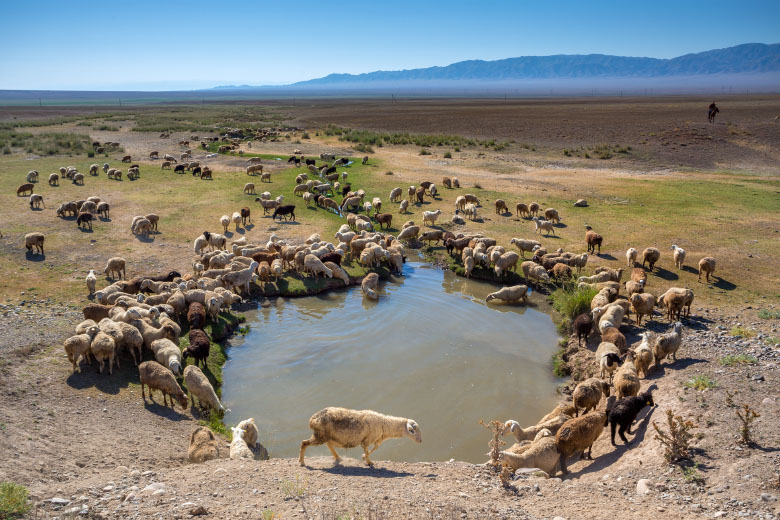
Spring in the steppe. Photo credit: Aleksandr Vlasyuk.
According to CABAR, a shift in the timing of peak river flows may pose a threat to irrigated agriculture, particularly cotton and rice growing. Heatwaves and variability in precipitation can reduce yields for wheat and other crops and promote the spread of pests and diseases.
Climate change, together with negative impacts such as unregulated livestock grazing, deforestation, and inefficient farming, can significantly increase the processes of soil erosion and degradation.
Increased desertification, reduced pasture productivity, and a reduced forage base are potential consequences of a temperature increase and an increase in the number of hot days. This can affect food security.
Energy safety
The region heavily depends on hydropower energy. The expected seasonal drop in water level or even the drying up of some small rivers may stop the operation of several small hydropower plants.
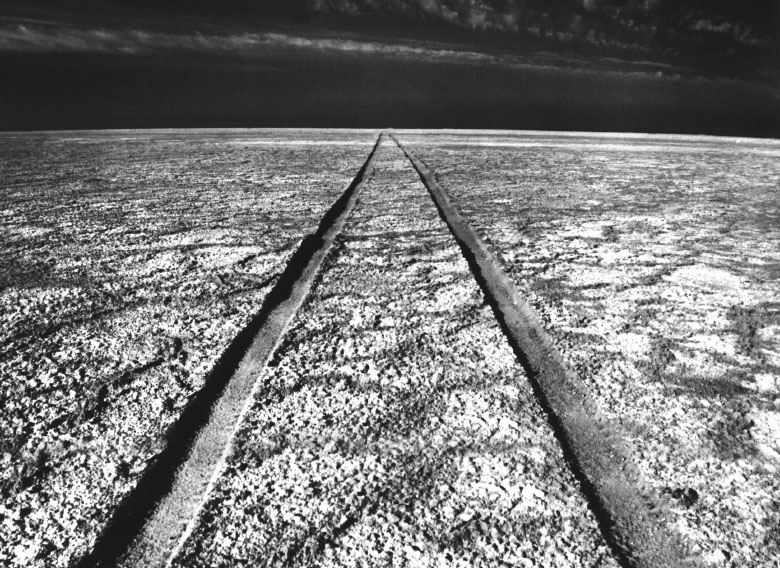
Dry bed of the Aral Sea. Photo credit: Gennady Ratushenko.
According to the World Bank, negative climate conditions will decrease hydropower volume by 20% in the Kyrgyz Republic and Tajikistan.
Climate migrants
According to the World Bank, climate change will lead to 2.4 million climate migrants in Central Asia by 2050.
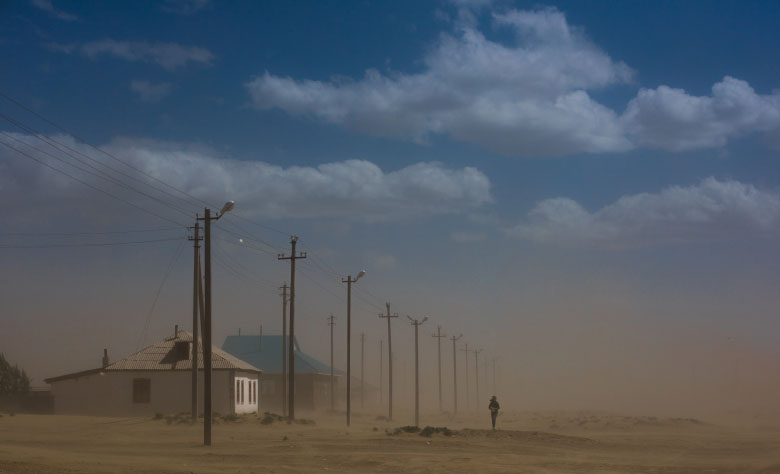
Sandstorm. Photo credit: Konstantin Kikvidze.
It is expected that the areas along the southern border of Kazakhstan, the areas adjacent to the Ferghana Valley in Uzbekistan and Tajikistan, and the territory around Bishkek, the capital of the Kyrgyz Republic, will witness the outflow of climate migrants. This is due to the projected decline in water availability and crop yields in these parts of Central Asia. For the same reasons, smaller areas of eastern Turkmenistan and southern Uzbekistan, located along the Amu Darya River, are also considered potential outflow zones for climate migrants.
It is also predicted that the Ferghana Valley (which covers the Kyrgyz Republic, Tajikistan, and Uzbekistan), the lands around Tashkent, the capital of Uzbekistan, and the lowlands of southern Tajikistan (including its capital Dushanbe), as well as the more densely populated cities of northern Kazakhstan (Karagandy, Astana and Kostanai) will attract climate migrants. This is due to the expected increase in water availability and crop yields in these parts of Central Asia.
The article is partly based on the story published in Kazinform.


